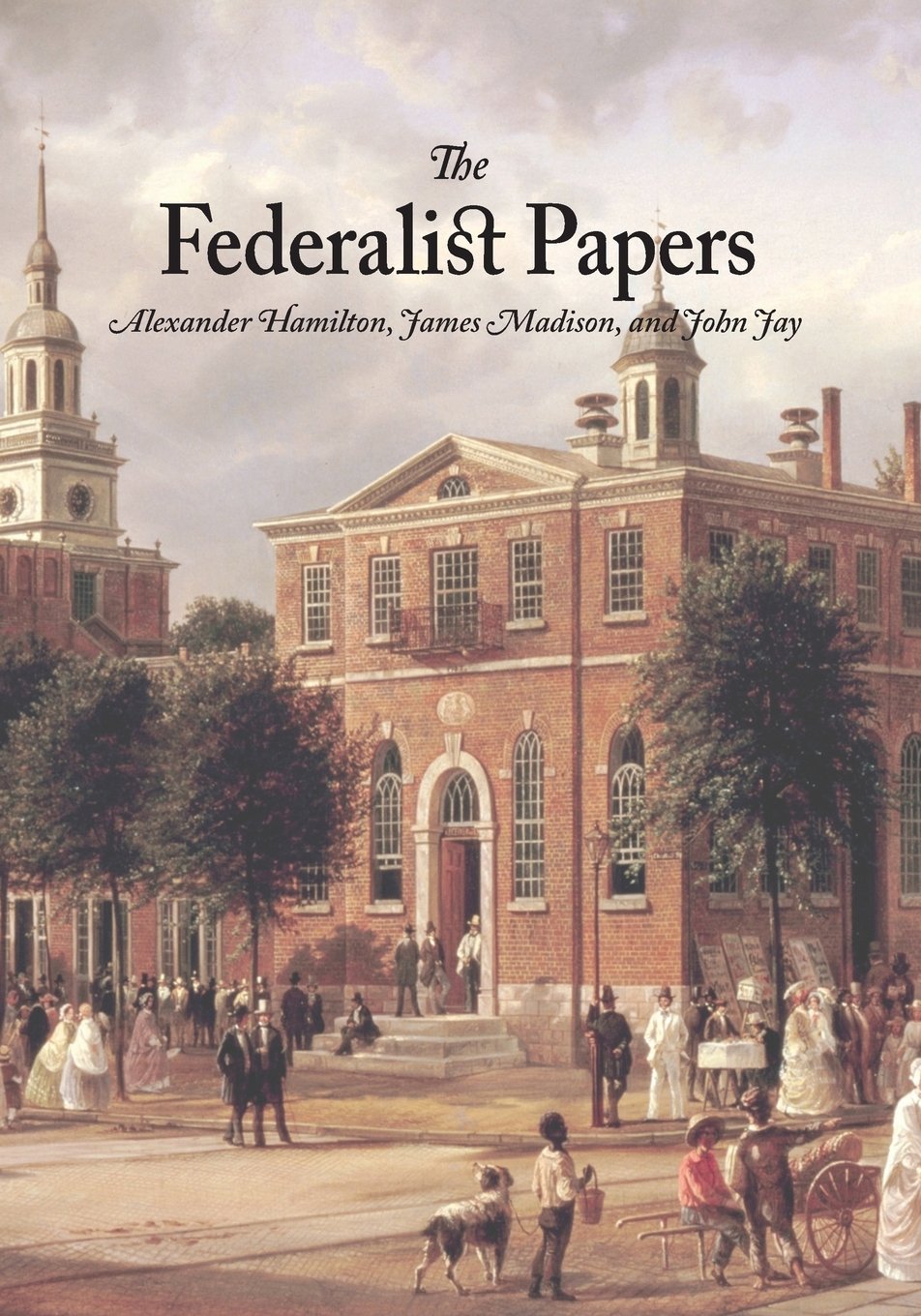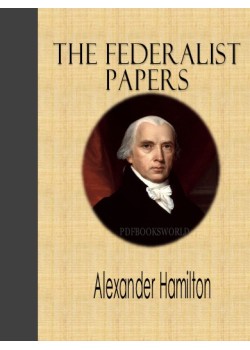

84, Hamilton makes the case that there is no need to amend the Constitution by adding a Bill of Rights, insisting that the various provisions in the proposed Constitution protecting liberty amount to a "bill of rights." Federalist No. 14, in which Madison takes the measure of the United States, declares it appropriate for an extended republic, and concludes with a memorable defense of the constitutional and political creativity of the Federal Convention.

10, Madison discusses the means of preventing rule by majority faction and advocates a large, commercial republic. It has been frequently remarked, that it seems to have been reserved to the people of this country, by their conduct and example, to decide the important question, whether societies of men are really capable or not, of establishing good government from reflection and choice, or whether they are forever destined to depend, for their political constitutions, on accident and force. 1, they explicitly set that debate in broad political terms:

The authors of The Federalist intended to influence the voters to ratify the Constitution. 78–85) were republished in the New York newspapers between June 14 and August 16, 1788. A compilation of these 77 essays and eight others were published in two volumes as The Federalist: A Collection of Essays, Written in Favour of the New Constitution, as Agreed upon by the Federal Convention, September 17, 1787, by publishing firm J. The first 77 of these essays were published serially in the Independent Journal, the New York Packet, and The Daily Advertiser between October 1787 and April 1788. The collection was commonly known as The Federalist until the name The Federalist Papers emerged in the 20th century. The Federalist Papers is a collection of 85 articles and essays written by Alexander Hamilton, James Madison, and John Jay under the collective pseudonym "Publius" to promote the ratification of the Constitution of the United States.


 0 kommentar(er)
0 kommentar(er)
